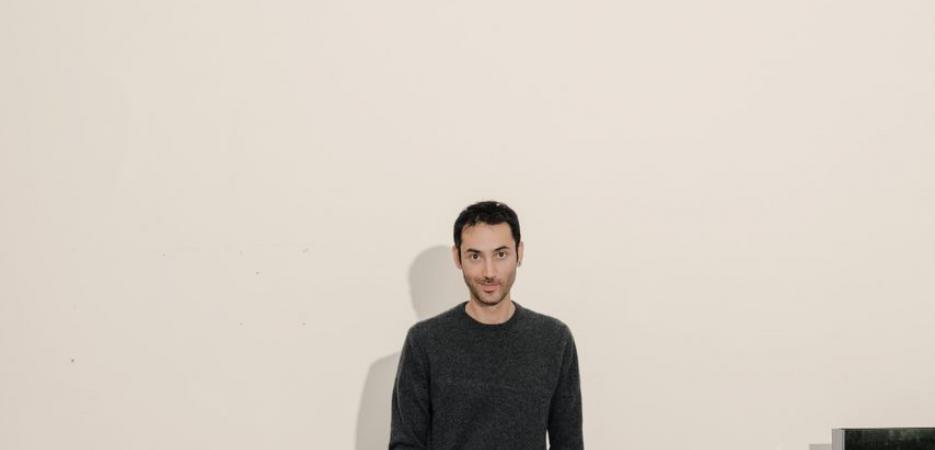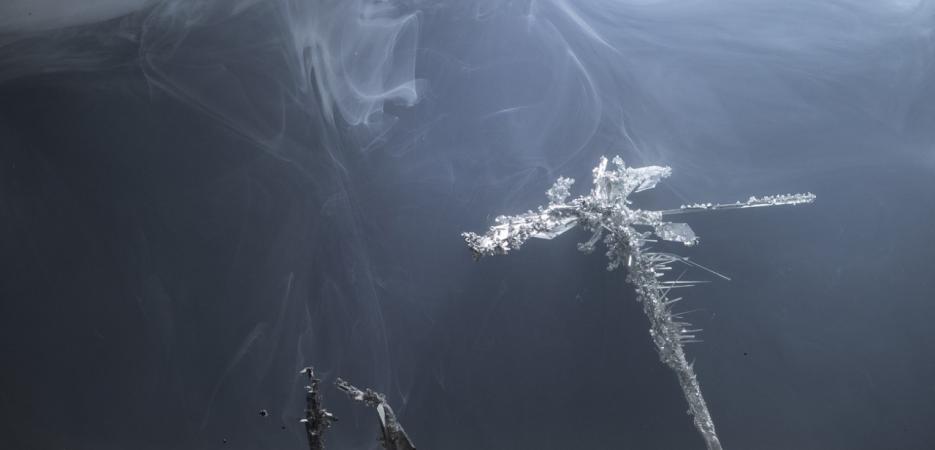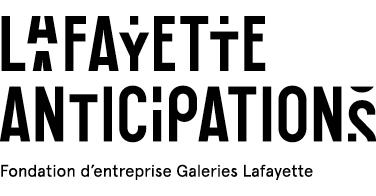- Cinema
- Literature
- New Media
- Performing Arts
- Social Sciences and Humanities
- Visual Arts
- HOU
- LA
- MIA
- NYC
Artist
Fall 2022

Maxime Tétard

Hicham Berrada
“I am far more interested in the process and in the evolution of matter than in a form that might be seen as finished. Because matter is never static.”
I work like a painter whose main tools are mathematical, physical, and chemical parameters, rather than brushes and pigments. The essence of my work is not to depict forms, but to reveal them by creating the conditions necessary for their emergence. In the studio, I begin with research using the scientific method of experimentation. I isolate an object from its environment and place it in a container where I can control parameters such as pressure, temperature, luminosity, and humidity. Then, through observation, I gradually gain knowledge about it and a degree of control over it – control that is never absolute but that allows me to guide or modulate the evolution and temporality of certain phenomena. The issue of temporality is important: I am far more interested in the process and in the evolution of matter than in a form that might be seen as finished. Because matter is never static.
I have worked on a variety of phenomena: chemical reactions that grow like plants when under pressure and that I use to create moving landscapes (“Présage”), changes in metals when exposed to electricity (“Masse et martyr”), magnetism (“Les Fleurs”), plant rhythms (“Mesk-Ellil”), etc. I try to affect and modulate these phenomena to obtain the desired visual effect but, ultimately, it always results from a combination of my interventions and the laws that govern matter. I look for random events, and I try to control them. My discoveries are often accidental occurrences that I try to reproduce by understanding the mechanisms that caused them.
Born in Casablanca (Morocco) in 1986, Hicham Berrada is a plastic artist. He lives in France. He studied at Beaux-Arts in Paris and at Le Fresnoy. He creates videos, installations and performances based on a combination of intuition and knowledge, science and poetry.
Over the past several years, I have been working on morphogenesis – the study of how forms arise in biology. Natural elements are extremely complex: the surface of a pebble is composed of millions of bumps of various shapes and sizes, whereas a car is only made up of about 200,000 polygons. It would be difficult to make a flower from 200,000 polygons – it would take over a million just to re-create the shape of a daisy. Natural shapes are far more complex than man-made ones. For my sculpture series “Augures mathématiques,” I work with algorithms generated by morphogenesis, combining them to create digital hybrids that could exist and evolve. It’s rather like sculpting using a dynamic system. I have also had the opportunity to work with physicists specializing in shape development, particularly on the emergence and shifting of sand dunes (“In fragilis”) and, more recently, on the melting of the ice caps.
I would like to start a project on the corals of Florida. Corals are fascinating for their variety of shapes and because they overturn our rational distinctions between animals, minerals, and plants. Historically, scientists have struggled to establish which category they belong to, considering them for a while to be arborescent stones, then animal-plants. The aquatic landscapes formed by these static animals, or by their skeletons when they are dead and bleached, continue to challenge the opposition between living and non-living matter on which we usually base our understanding of the environment.
The corals off the coast of Miami are all the more fascinating for their ability to survive in a dense, polluted urban environment. In the immediate vicinity of a highway, biologist Colin Foord discovered a hybrid known as Fused Staghorn, the result of spontaneous cross-breeding between two of the region’s most fragile and endangered coral species. Unlike its progenitors, which are declining massively and rapidly due to global warming and pollution, the hybrid is adapting to these new conditions. I would like to meet with coral reef specialists in order to do some exploratory research on these organisms, particularly on the process that structures them and organizes their components – a subtle process involving complex interactions and interconnections between various chemical, physical, and biological factors.
One of these interconnections is the relationship between humans and corals, particularly in terms of changes to the temperature, pH, and composition of the water as a consequence of human activity. In addition to the changes we unintentionally impose on corals, there are intentional actions such as the conservation measures taken by researchers and local protection organizations. In Florida, I would like to meet with the various players who contribute to the restoration and reconstruction of coral reefs by cultivating them in a laboratory and reintroducing them into their original habitat. A huge amount of research and experimentation has led to new techniques which, though they cannot re-create the conditions of the past, attempt to adapt the corals to their new environment. Research is underway to understand how corals reproduce, in order to trigger reproduction in aquaria, increase their growth rate tenfold or increase their resistance by laboratory cross-breeding.
A form of biological aid to survival is being developed as we pragmatically attempt to adapt corals to an environment we have changed but cannot control. Corals were once seen only as a resource, as autonomous wild creatures, but there has been a paradigm shift with the development of a form of care for the natural world that I find extremely interesting and would like to explore during this residency.

Art Explora
The brainchild of entrepreneur and philanthropist Frédéric Jousset, the Art Explora Foundation, which launched in November 2019, aims to close the cultural divide through a series of initiatives in France and abroad, drawing on new technologies and mobile systems open to everyone. It seeks to connect works with their audiences and to support new creation and innovation. The Foundation is co-curating eight residencies for the inaugural season of Villa Albertine.

Lafayette Anticipations
Lafayette Anticipations is a general interest foundation structured around its production activities and support provided to contemporary creation. The Fondation acts as a catalyser, providing artists unique, made-to-measure conditions in which to produce, experiment and exhibit.